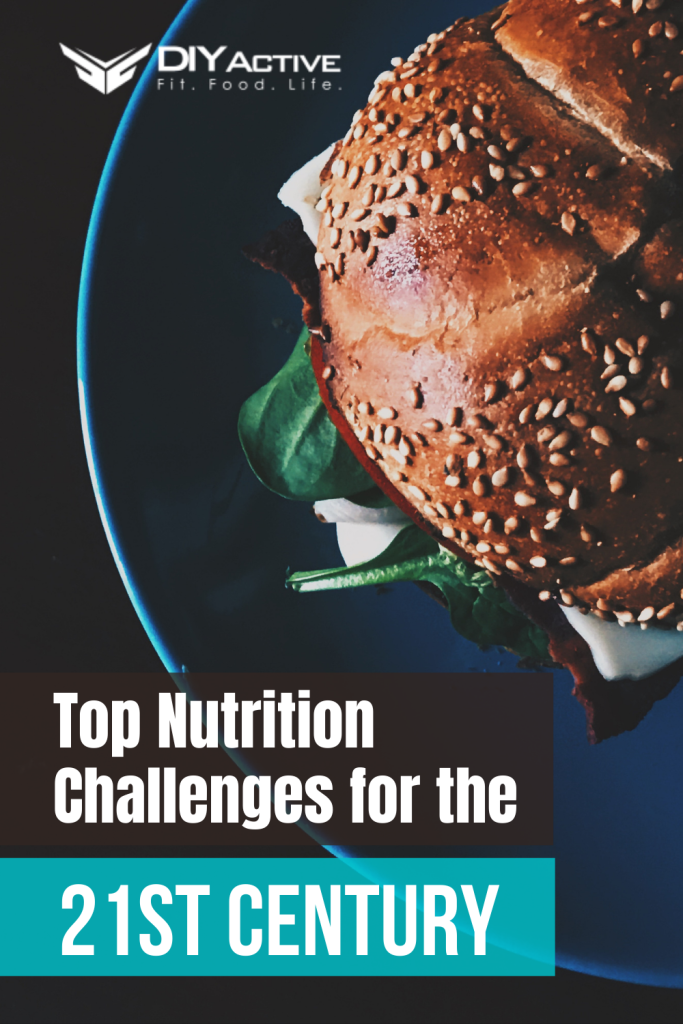
Top Nutrition Challenges We Need To Tackle
Your body requires at least 1,800 calories per day to stay well-nourished. Although millions are lucky enough to consume that many calories daily, there are many that can’t. According to the recent Hunger Report from the UN, as many as 8.1 million people in the world are still malnourished in the 21st century. They don’t get the appropriate amount of nutrition their bodies require to stay fit and healthy.
Top Nutrition Challenges
Although world hunger declined steadily for almost a decade, it’s sad to see that the number of malnourished or undernourished people grew by 161 million between 2019 and 2020. Why did this happen?
Experts including Anti Aging Ninjas cite three reasons: the COVID-19 pandemic, which took away the jobs of thousands of people around the world, climate change, and political conflicts among different nations.
What contributes to nutrition challenges?
 Nutrition-related diseases have gone up in the last few decades even though people consider good nutrition as an essential part of their lives. Experts believe that several factors contribute to the downward slope of nutrition in the 21st century:
Nutrition-related diseases have gone up in the last few decades even though people consider good nutrition as an essential part of their lives. Experts believe that several factors contribute to the downward slope of nutrition in the 21st century:
- Lack of information among people about the foods that provide proper nutrition.
- Foods offered in schools and social exchanges.
- Foods that you eat at restaurants.
In addition to these factors, there are a few more reasons why widespread nutrition challenges still exist in the 21st century.
- High availability of different foods and beverages that are high in salt, sugar, fat, and calories. Eating these types of foods and drinks can make you obese, which is also not a good sign of a healthy person.
- Powerful food marketing has a huge impact on children. For example, children get fascinated with the latest pizza or burger ad and they nag their parents to buy such foods frequently. With marketing going digital and almost everyone having a social media account, it’s not difficult to figure out how children get influenced by these ads.
- Many people who live in some of the remotest parts of the world don’t have access to nutritious food. It is either too expensive to deliver the food to these places or there are no accessible routes that allow the residents to reach the nearest town to buy foods that can maintain their nutrition level.
Symptoms of nutrition deficiency
1. Decreased appetite
According to various surveys in countries where nutrition challenges are prevalent, decreased appetite is the first symptom that people experience. They say that not having a full-course meal for years led to a decreased appetite.
This is not just for adults; even children say the same thing. They are now used to eating less, and most of them don’t even know how much they should eat to reach the minimum nutrition level.
2. Weight loss
Not eating enough food will impact your body weight sooner or later. While many people intentionally eat less because they want to lose weight, millions lose weight because they don’t get the right food, making it another symptom of nutrition deficiency.
You can compare the weight of a malnourished kid with one that eats nutritious food every day. There will be a stark difference in their weights. That’s why malnourished people in various countries are so slim.
3. Loss of energy
A proper diet not only keeps you healthy and fit but also provides energy to work throughout the day. Take the diet away and you will not have the same energy to work. The same thing happens to people with nutrition challenges.
They are not as energetic as healthy individuals. They may work for a couple of hours and would require rest for some time. It’s because they don’t have enough nutrients that can burn fat and produce energy.
Overcoming nutrition challenges
Although there are so many nutrition challenges in the 21st century, people still have time to turn things around. Here are a few ways that can help counter these challenges:
- Educating people about nutrition is one of the best ways to fight this problem. Everyone should know about the foods that provide nutrition and the average calories to consume every day. Without the proper knowledge, people would continue to eat foods that don’t add nutrition to their bodies.
- Making foods available to people who face nutrition challenges is another way to prevent world hunger. If a village is not easily accessible, the government can drop the weekly ration for the village according to the number of residents. When governments can use helicopters to rescue people during floods or other natural disasters, they can surely use these resources to deliver food also.
- People need to change their eating habits and switch to fresh fruits and vegetables instead of relying on fast food.
Wrap-Up
World hunger and nutrition challenges are beatable, provided everyone comes together and shows their interest in it.
A small revolution in one tiny corner of the world is not enough to solve the challenges in the 21st century.
Images
Photo by Andres Ayrton from Pexels
Photo by Shamia Casiano from Pexels



